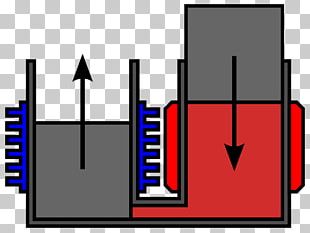HEAT ENGINE

About Course
Specific outcomes
- Explain what an internal combustion engine is.
- Identify the different parts of an internal combustion engine.
- Describe the operation of the sparking plug.
- Describe the different strokes in a four stroke internal combustion engine
- Describe efficiency of a diesel and petrol engine
CONTENT
A heat engine is a device that uses heat energy to do work. The engine does work by changing heat energy into energy of motion.
If the burning takes place outside the cylinder, the engine is an external combustion engine.

If the burning takes place inside the cylinder, it is an internal combustion engine.

The fuel can be wood, coal, gas, or oil. The heat energy from nuclear reactions has also been used to run heat engines. Nuclear-powered submarines and aircraft carriers are in use today. Some of the earliest heat engines were external combustion steam engines.
The following are the four stroke of internal combustion petrol engine.

Four strokes are as follows:
Each upward or downward movement of the piston is called a stroke. During the first stroke (Intake) the piston moves down to draw a mixture of air and petrol into the cylinder. During the second stroke (Compression), it moves upwards to compress it. During the third stroke (Expansion or Power), the piston is pushed forcefully downwards when a spark from the plug ignites the mixture. During the fourth stroke (Exhaust), the piston moves upwards to push the burnt gases out of the cylinder.
The two valves are opened and closed at appropriate times to let in the fresh mixture, seal the cylinder or allow the burnt gas out. When the engine is running fast, the whole process is repeated about fifty times per second.
The crankshaft of the engine is pushed round only during the power stroke. A heavy wheel attached to the crankshaft keeps the engine turning through the other three strokes, this is needed to rid the engine of burnt gases and to prepare a fresh mixture for ignition. The engine does useful work with some of the energy supplied to it. The rest of the energy is wasted as heat.
A sparking plug has a metal threaded shell, electrically isolated from a central electrode by a porcelain insulator. The central electrode, which may contain a resistor, is connected by a heavily insulated wire to the output terminal of an ignition coil or magneto.
The useful work done by an engine is called the work output. The input energy. output work and efficiency of a few engines are shown below.
| Energy input | Engine | Work output | Efficiency |
| 100J | Petrol | 25J | 25% |
| 100J | Diesel | 35J | 35% |
Course Content
Types of Heat Engines
-
Types of Heat Engines
00:00
Functions of Four-stroke Engines
Student Ratings & Reviews
